
Simulations of binary neutron star mergers suggest that future detectors will distinguish between different models of hot nuclear matter.
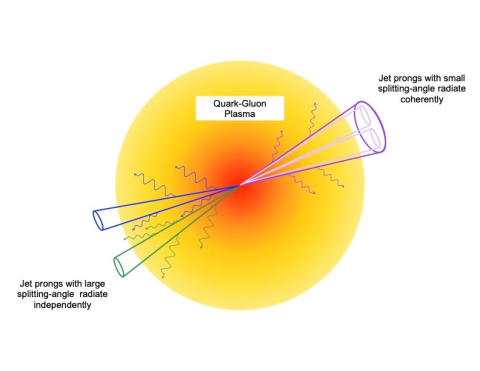
Jets of particles in quark-gluon plasma from heavy-ion collisions lose energy via radiation, but how they radiate energy depends on the jet’s structure.
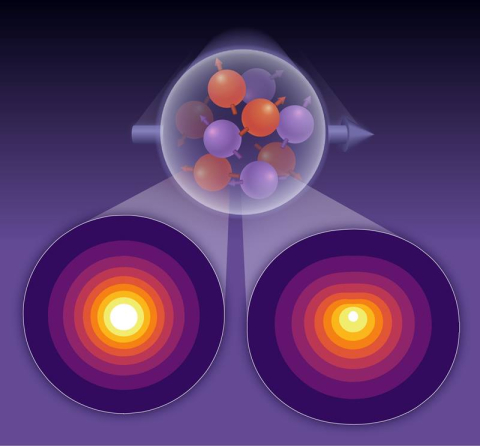
Theorists predict differential distribution of 'up' and 'down' quarks within protons—and differential contributions to the proton's properties.

Novel techniques allow the first direct observation of a predicted effect that results in the suppression of gluon radiation emitted by a heavy quark.
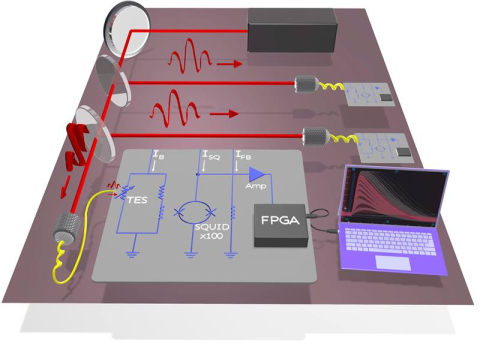
A new system for detecting photons in laser-powered quantum computers brings these systems closer to reality.
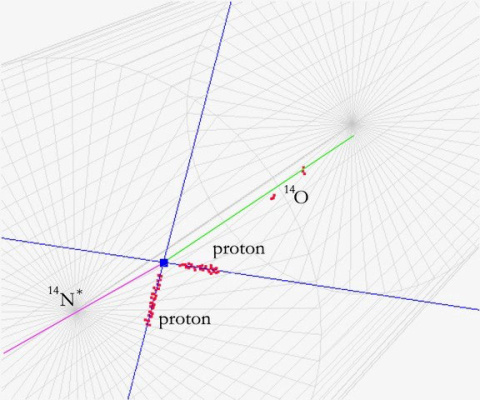
Scientists take pictures of a nuclear reaction in the laboratory to understand processes inside the cores of stars.
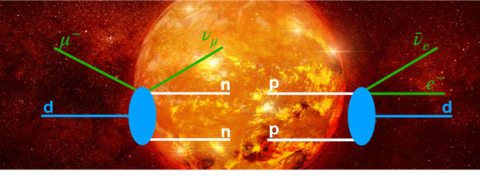
Nuclear theorists study muon capture on deuteron to understand proton-proton fusion and the hydrogen burning phases of stars.
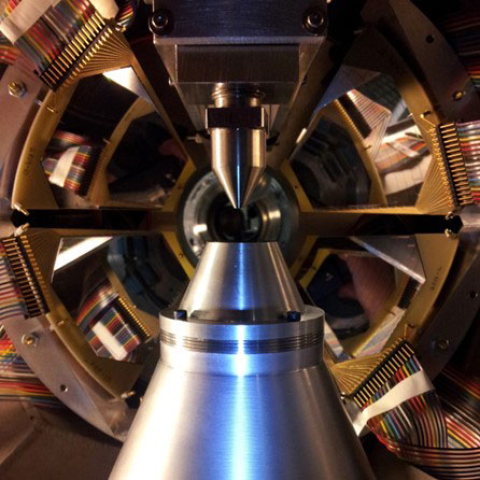
A unique study of a key reaction in X-ray burst nucleosynthesis bolsters the theoretical models used to calculate reaction rates.
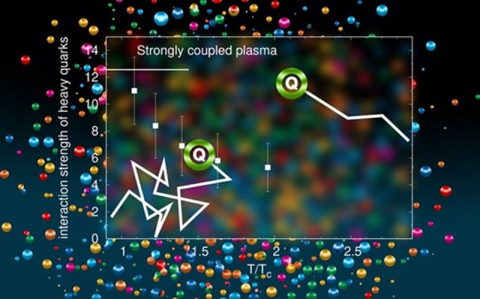
New results will help physicists interpret experimental data from particle collisions and better understand the interactions of quarks and gluons.
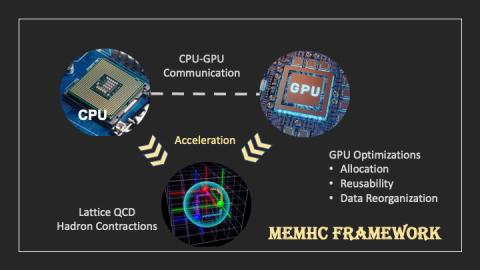
MemHC improves the efficiency of complex supercomputer physics calculations by optimizing memory management.

